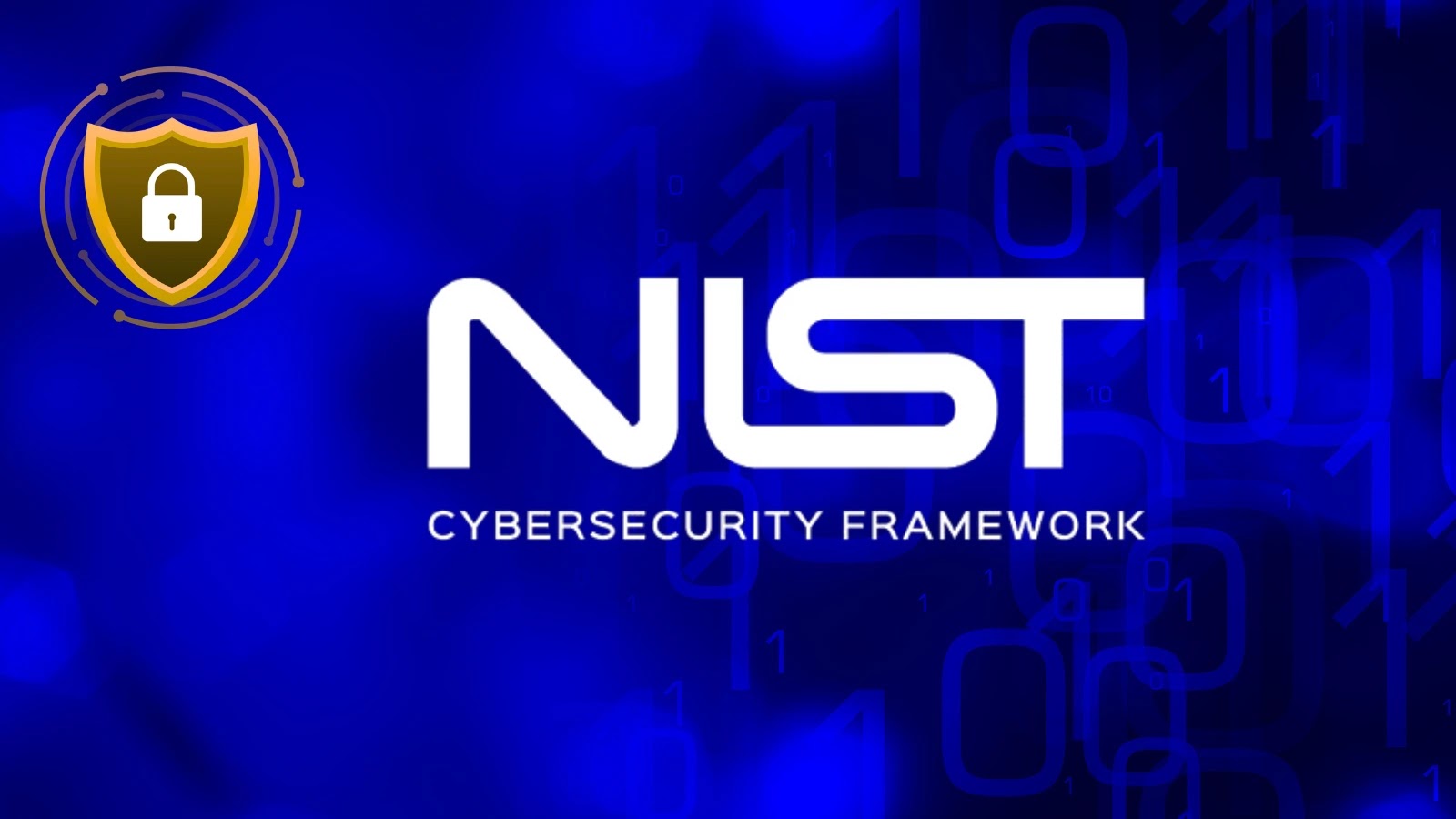Google Takes Legal Action Against ‘Lighthouse’ Phishing Platform Behind Global Smishing Attacks
Google has initiated a lawsuit against the operators of Lighthouse, a sophisticated phishing-as-a-service (PhaaS) platform responsible for extensive smishing campaigns that have targeted over one million individuals across more than 120 countries. This legal action aims to dismantle the infrastructure enabling these large-scale cyberattacks.
Understanding the ‘Lighthouse’ Operation
The Lighthouse platform provides cybercriminals with the tools and infrastructure necessary to conduct widespread smishing attacks. Smishing, or SMS phishing, involves sending deceptive text messages that appear to come from legitimate organizations, prompting recipients to click on malicious links. These links lead to fraudulent websites designed to steal sensitive information such as login credentials and financial data.
Google’s security team identified at least 107 website templates within the Lighthouse platform that mimic Google’s branding. These counterfeit sites are crafted to deceive users into entering personal information, including email addresses, passwords, and banking details. The operation has reportedly stolen between 12.7 million and 115 million credit card numbers in the United States alone, highlighting the significant financial impact on victims.
Technical Infrastructure and Attack Mechanism
Lighthouse operates as a comprehensive criminal service, offering ready-made phishing kits and infrastructure that allow individuals with minimal technical expertise to launch convincing smishing campaigns. The platform enables attackers to customize templates for various target brands, manage databases of victims, and collect stolen credentials through a centralized command-and-control system.
Google’s Legal and Defensive Measures
In response to the threat posed by Lighthouse, Google has filed a lawsuit citing violations of multiple laws, including the Racketeer Influenced and Corrupt Organizations Act (RICO), the Lanham Act for trademark infringement, and the Computer Fraud and Abuse Act. This legal action seeks to disrupt the operations of Lighthouse and hold its operators accountable.
Beyond legal proceedings, Google is implementing advanced defensive measures to protect users from such phishing attacks. These include deploying artificial intelligence-powered detection systems to identify and flag suspicious messages and expanding account recovery options to assist users in regaining access to compromised accounts securely.
The Broader Context of Phishing-as-a-Service Platforms
The emergence of platforms like Lighthouse underscores a troubling trend in cybercrime: the commodification of phishing attacks. Phishing-as-a-service platforms lower the barrier to entry for cybercriminals, enabling them to execute large-scale attacks with minimal effort. This model has led to a proliferation of phishing campaigns, making it imperative for both individuals and organizations to remain vigilant.
Protecting Against Smishing Attacks
To safeguard against smishing and other phishing attacks, consider the following measures:
– Verify Messages: Be cautious of unsolicited messages requesting personal information. Verify the authenticity of such messages by contacting the organization directly through official channels.
– Avoid Clicking on Suspicious Links: Do not click on links in messages from unknown or unverified sources. Instead, navigate to the organization’s official website by typing the URL directly into your browser.
– Enable Multi-Factor Authentication (MFA): Implement MFA on your accounts to add an extra layer of security, making it more difficult for attackers to gain unauthorized access.
– Stay Informed: Keep abreast of the latest phishing tactics and educate yourself on recognizing and responding to such threats.
Conclusion
Google’s lawsuit against the operators of the Lighthouse platform represents a significant step in combating large-scale smishing attacks. By targeting the infrastructure that enables these cybercrimes, Google aims to disrupt the operations of cybercriminals and protect users worldwide. However, the persistence of phishing-as-a-service platforms highlights the ongoing need for vigilance and proactive security measures to safeguard personal and financial information.



